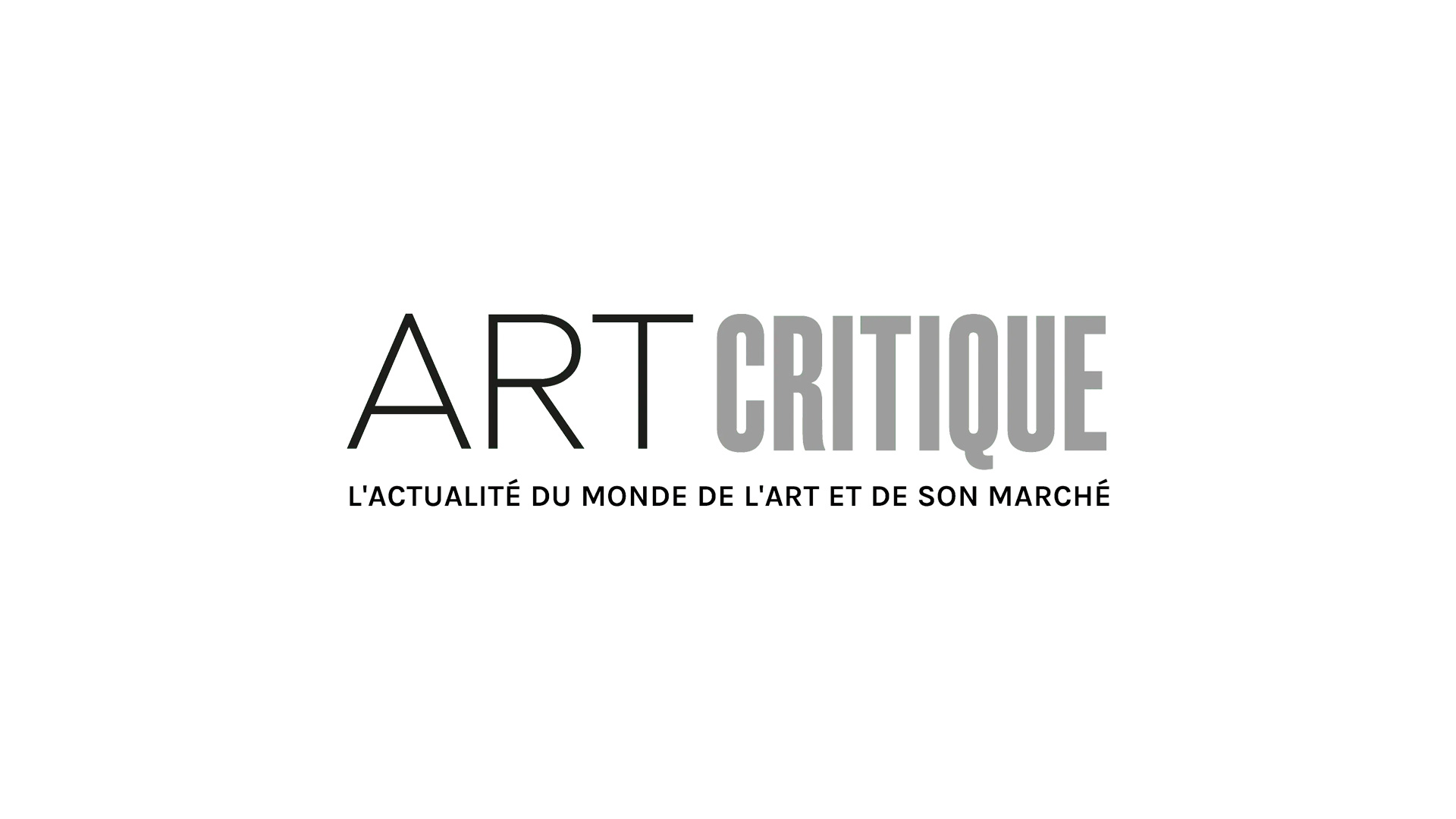Modest and transcendent, limpid and luminous, an intimate exhibition of some 50 works at the Centre Pompidou, through May 27, 2019, pays tribute to American painter Ellsworth Kelly, whose poetic minimalism redefined artistic abstraction. The exhibition’s curator, Jean-Pierre Criqui, has brought together for the first time the series of six iconic works on windows, starting with his seminal work, “Window, Museum of Modern Art, Paris” (1949), which he gifted to the Pompidou in 2015, shortly before his death at age 92, and which is the centerpiece of the exhibition. The series, carried out by Kelly at the beginning of his stay in France from 1948 to 1954, a seminal period in his work, is juxtaposed with dozens of related paintings, drawings, sketches and photographs.
Ellsworth Kelly, born in Newburgh, New York, in 1923, grew up in New Jersey; his father was an insurance executive, his mother a former schoolteacher. He studied art in Brooklyn in the early 1940s before being joining the US Army (much has been made of the fact that he signed up for a special camouflage battalion); this permitted him to travel through England, Belgium, Luxembourg, Germany and France. Sent to Normandy in June 1944, he participated in the Liberation, and then discovered Paris for the first time. Upon his return to the States, he pursued his painting studies in Boston, where he worked in a figurative vein. Dissatisfied, he returned to Paris in the fall of 1948, where he remained until spring 1954. “It was wonderful. That was the beginning for me,” he said of this time of powerful exploration and inventiveness, which laid the foundations for everything that followed.
“After arriving in Paris in 1948, I realized that figurative painting and also abstract painting (though my knowledge of the latter was very limited) as I had known it in the 20th century no longer interested me as a solution to my own problems. I wanted to give up easel painting which I felt was too personal…. Instead of making a picture that was an interpretation of a thing seen, or a picture of invented content, I found an object and ‘presented’ it as itself alone,” he later wrote.

Ph. Jerry L. Thompson, courtesy Ellsworth Kelly Studio
An avid traveler and museumgoer, Kelly soon met Arp and Brancusi; he made pilgrimages to Monet’s garden in Giverny, to Grünewald’s Isenheim altarpiece in Colmar, to the Romanesque churches in Poitou-Charentes; he made frequent visits to Parisian institutions, especially the Louvre. In museums, in cafés, everywhere in the city’s architecture, he found himself drawn to windows, fascinated by shadows and light, geometric shapes and patterns; in a matter of months, he made the shift from figuration to abstraction.
Kelly notably embarked on a series of works in which, he explained, “the subject of the drawings and the subsequent paintings were not recognizable even though they were exact copies of the thing seen. I wanted to use things that had no pictorial use.”. They were, he explained, about structure. In the summer of 1949, while staying on Belle-Ile, he painted “Window I,” a small-format black-and-white work, and then several variations, from “Window II,” and white monochrome “Window III,” developed from quick sketch drawn on the back of an envelope, to his first “object,” “Window, Museum of Modern Art, Paris”; a two-part painted wood-and-canvas construction in white and gray, it is crafted of two stretched canvases assembled vertically.

“After constructing ‘Window’ with two canvases and a wood frame, I realized that from then on painting as I had known it was finished for me. The new works were to be objects, unsigned, anonymous. Everywhere I looked, everything I saw became something to be made, and it had to be exactly as it was, with nothing added. It was a new freedom; there was no longer the need to compose. The subject was there already made, and I could take from everything. It all belonged to me: a glass roof of a factory with its broken and patched panels, lines on a road map, a corner of a Braque painting, paper fragments in the street. It was all the same: anything goes. I felt that everything is beautiful but that which man tries intentionally to make beautiful, that the work of an ordinary bricklayer is more valid than the artwork of all but a very few artists. The form of my painting is the content.”
A simultaneous exhibition at the legendary Cahiers d’Art publishing house and gallery also honors Ellsworth Kelly in a magnificent display of collages and works on paper from the early 1950s, most never before seen in France. Cahiers d’Art is also the publisher of the catalogue raisonné of Kelly’s paintings, reliefs and sculpture through 1953 and is currently preparing the second volume, which will represent the years 1954 – 1959, and is slated for 2020.





